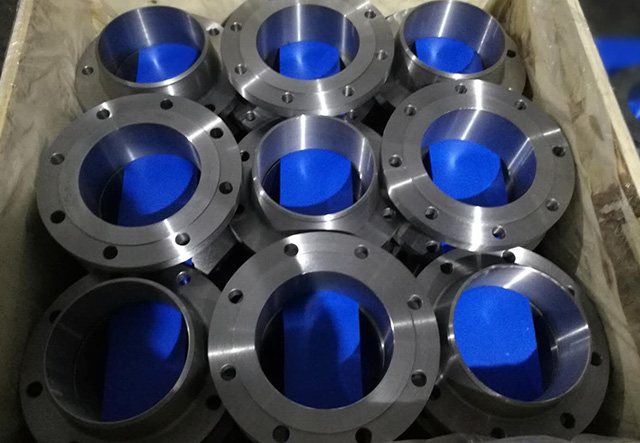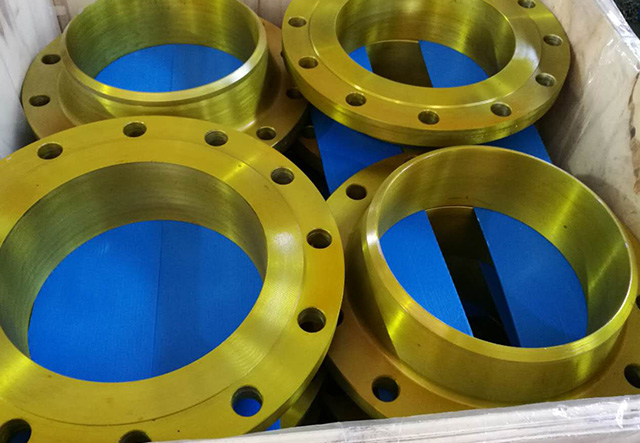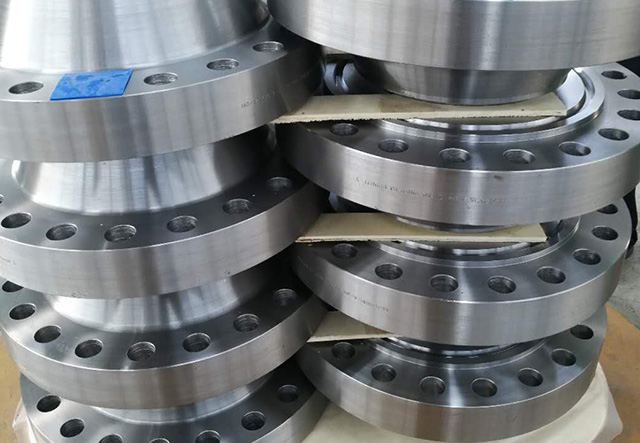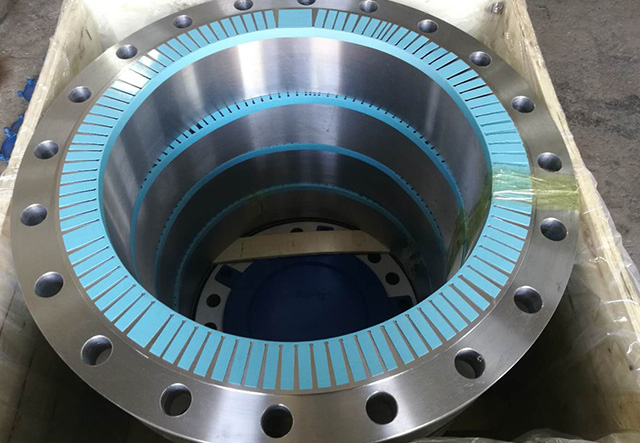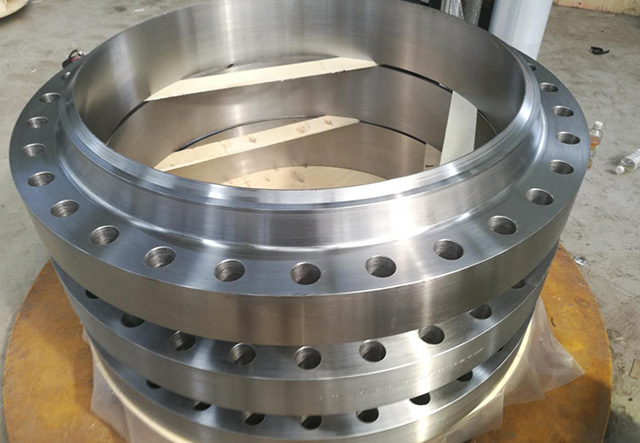Forging classification, characteristics and equipment used
- Categories:Company News
- Author:
- Origin:
- Time of issue:2021-05-28
- Views:0
(Summary description)Forging is a processing method that uses forging machinery to apply pressure to metal blanks to produce plastic deformation to obtain forgings with certain mechanical properties, certain shapes and sizes. Forging (forging and stamping) is one of the two major components.
Forging classification, characteristics and equipment used
(Summary description)Forging is a processing method that uses forging machinery to apply pressure to metal blanks to produce plastic deformation to obtain forgings with certain mechanical properties, certain shapes and sizes. Forging (forging and stamping) is one of the two major components.
- Categories:Company News
- Author:
- Origin:
- Time of issue:2021-05-28
- Views:0
Forging is a processing method that uses forging machinery to apply pressure to metal blanks to produce plastic deformation to obtain forgings with certain mechanical properties, certain shapes and sizes. Forging (forging and stamping) is one of the two major components.
Forging can eliminate defects such as as-cast looseness during metal smelting and optimize the microstructure. At the same time, due to the preservation of complete metal flow lines, the mechanical properties of forgings are generally better than those of castings of the same material. For the important parts of related machinery with high load and severe working conditions, forgings are mostly used except for simpler shapes that can be rolled, profiles or welded parts.
According to the forming mechanism, forging can be divided into free forging, die forging, ring rolling, and special forging.
Features of free forging:
Improve organizational structure and improve mechanical properties. Through forging, the internal coarse-grained structure of the metal is broken: pores, shrinkage cavities, cracks and other defects are compressed to improve compactness, and the fiber streamlines of the metal are reasonably distributed on the cross section of the forging, which improves the mechanical properties of the metal.
Low cost and reasonable economy. Forging equipment and tools have good versatility, short production preparation period, and easy to replace products.
The process is flexible and adaptable.
Forgings have low dimensional accuracy.
Free forging is mainly used in the production of single-piece small batches, forgings with less complex shapes and low dimensional accuracy requirements and some large forgings.
Free forging equipment:
The air hammer has simple structure, flexible operation and convenient maintenance, but the hammering force is small
The hydraulic press, the hydraulic press is to plastically deform the blank under static pressure, work smoothly, with low noise, good working conditions, and generate greater pressure, but the equipment is huge, the structure is complex, and the price is expensive.
Both types of equipment have no problem of overload damage. However, if the equipment tonnage is selected too small, the internal forging of the forging will be impenetrable and the productivity will be low. On the contrary, if the equipment tonnage is selected too large, it will waste manpower and financial resources.
The selection of forging equipment is mainly related to factors such as deformation area, forging material and deformation temperature.
Can be used for pier rough drawing, long punching, reaming, bending, misalignment, etc
Determination of the initial forging temperature: On the premise of no heating defects such as overheating and overburning, the initial forging temperature should be increased as much as possible to make the metal have good forgeability. The initial forging temperature is generally controlled at 150-250℃ below the solidus.
Die forging is divided into open die forging and closed die forging
Definition of die forging: the method of forging the heated blank in a die fixed on the die forging equipment is called die forging. Die forging is the main process method for forging with special forging dies to obtain forgings of the required shape and size.
The characteristics of die forging are: under the action of the forging press, the blank is forced to plastically flow and form in the forging mold cavity, thereby obtaining forgings with better quality than free forging.
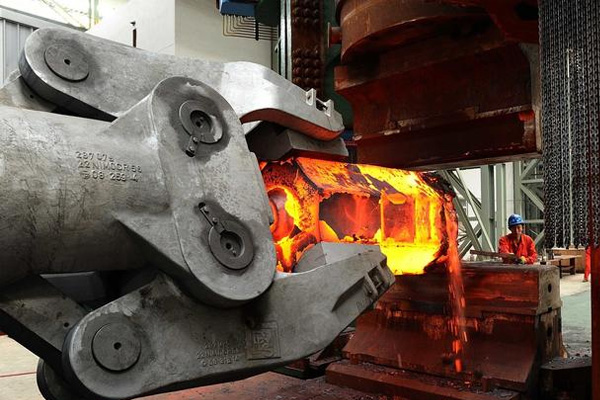
Scan the QR code to read on your phone
Shanxi Shida Forging Co., Ltd
Our company will continue to strengthen contact with customers at home and abroad in the future.
Contact
Add:
Dongcun Industrial Zone, Dingxiang County, Shanxi Province
TEL:
Post:Manager Pei +8613994075859 Manager Han +8613834003397
E-mail:
Product
Shanxi Shida Forging Co., Ltd 晋ICP备09006480号 Powered by www.300.cn



